5 Habits to Develop That Will Help You Design Better

Many of you ask me how to design better, and to be completely honest with you, I'm always asking myself this same question. Over time, I have realized that sometimes, the simplest actions can eventually make you a better designer.
Today I will share with you five habits you can develop without much effort that will eventually make you gain the skills to design better spaces.
How to design better
1. Feedback
When I was studying to become an interior designer, we often had assignments to create detailed floor plans. I poured my heart and soul into them, painstakingly arranging every element until it felt right. However, my teacher always found something to correct or improve, picking out tiny errors or oddities I had overlooked.
At the time, I remember feeling frustrated each time my work came back covered in revisions. It felt as if my hard work was being torn apart, piece by piece, my vision distorted by another's point of view.
But here's the thing — that continuous cycle of feedback and revision was a blessing in disguise. It molded me into a better designer, teaching me to approach space planning and design solutions with a more critical eye.
Now, as I look back, I can wholeheartedly say that I am grateful for every piece of feedback that I received. It urged me to see beyond the obvious, to delve deeper, and to continuously hone my skills.
So, if you find yourself fortunate to receive feedback from someone with more experience — be it a teacher, coworker, or friend — embrace it. Because when we stop fixating on our perspectives, we allow for a richer, more nuanced approach to design.
2. Exploration
I'm sure most of us have found ourselves seated firmly in front of our computers, engrossed in our AutoCAD floor plans, trying endlessly to create the perfect ceiling design.
But I've realized that the best design ideas that stand out don't necessarily come from sitting still and staring at the screen. Magic truly happens when we dare to explore beyond the ordinary.
Platforms like Pinterest are a great starting point when hunting for inspiration, showcasing many rooms and interiors for us to feast our eyes on.
However, I firmly believe that to be a better designer, you must seek other, more diverse sources of inspiration.
This means taking my curiosity out into the world and drawing inspiration from my surroundings – places that aren't inherently linked to the design world.
If you're in a restaurant; instead of simply enjoying your meal, why not take a moment to look around? Pay attention to the ceiling, the color schemes, and the materials used.
Ask yourself, "Do I like it? Is there a focal point that catches my eye?" Being critical and observing how different spaces are designed is fun and can offer a fresh perspective and ignite new ideas that you can integrate into your designs.
3. Visualization
There are several visualization techniques that interior designers use to showcase their work. We have digital renderings, we also have hand renderings, and we also have design boards. People are always asking me, which one is the best? The answer is that there is no best one, and you must try them all.
You would probably be impressed by the number of clients who are blown away by hand renderings.
Some clients see that you can draw, and they will also trust your ability to design.
Other clients truly need to look at the digital renderings before the design is built so that they can visualize what the space will look like.
So having all these skills under your belt, doing hand and digital renderings, and putting up design boards are truly very important if you want to master the field of interior design. In my opinion, having this digital software to create renderings will never replace the art of creating a manual drawing with your hands.
4. Architecture
Understanding the basics of architecture isn't just beneficial; it's essential, regardless of the size of your interior design project. Architecture ties all elements together, creating a space that is not only beautiful but also harmonious with its structural foundations.
Picture this: You're giving your living room a fresh look and have decided to change the windows. This isn't just a matter of personal style; it's an architectural decision.
The new windows need to gel well with the living room and the entire house, aligning perfectly with other architectural elements and windows in different rooms.
This symbiotic relationship between architecture and interior design crafts a space that feels unified and well-thought-out.
If you find yourself collaborating with architects for certain projects, possessing a foundational knowledge of architectural terminology and concepts can be a game-changer. It paves the way for smoother communication, bringing clarity and mutual understanding.
You don't have to enroll in an expensive course to grasp the architecture basics. The internet is brimming with resources that won't cost you a dime.
From dedicated YouTube channels hosted by seasoned architects to Instagram pages with a daily dose of architectural wonders, and not to forget the treasure trove of books available in libraries, the learning opportunities are endless and just a click or a short walk away.
5. Culture
The place we call home undeniably shapes our perspective on design. In my journey to understanding how to use culture to design better, I have realized that absorbing the beauty and intricacies of various cultures can significantly refine one's design acumen.
Each locale has its unique essence, an essence that influences not just the architecture but also the interiors of the spaces we inhabit.
Living on the West Coast of Vancouver, Canada, I have seen firsthand how the local culture and natural surroundings significantly influence interior designs.
Here, there is a penchant for light wood and earthy tones, an unmistakable homage to the mesmerizing Canadian outdoors characterized by its lush landscapes.
Incorporating elements of nature in our designs fosters a serene atmosphere and forms a seamless connection with our beautiful surroundings. This approach could add a touch of grace to designs globally.
Learn and absorb from the cultures around you, whether from a country far away or a nearby community.
There is a plethora of inspiration available, and understanding different perspectives will make you a better designer and a more enlightened individual.
How to design better
Those are five habits that are going to help you design better. A little progress every day will truly scale up your career in the interior design industry. What habits are you working on to become a better designer? Share your tips in the comments below.









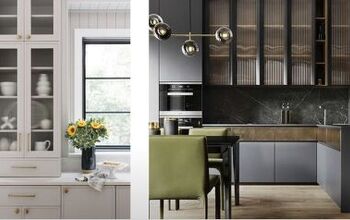
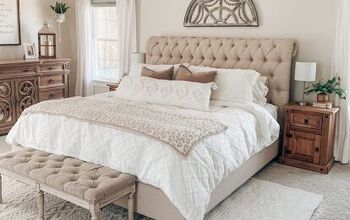


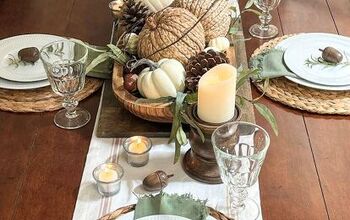

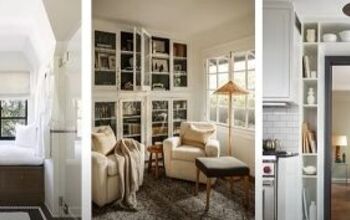

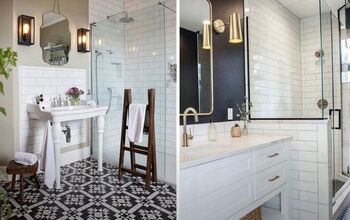

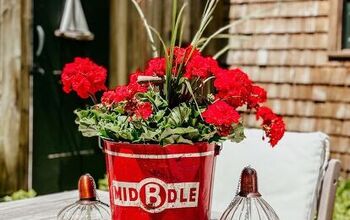
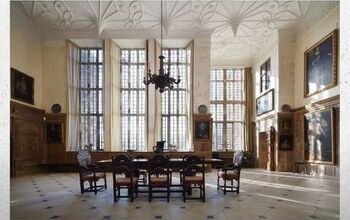

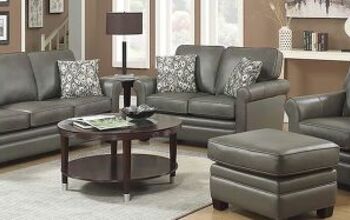

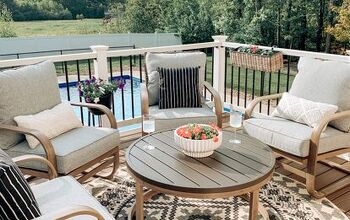


Comments
Join the conversation